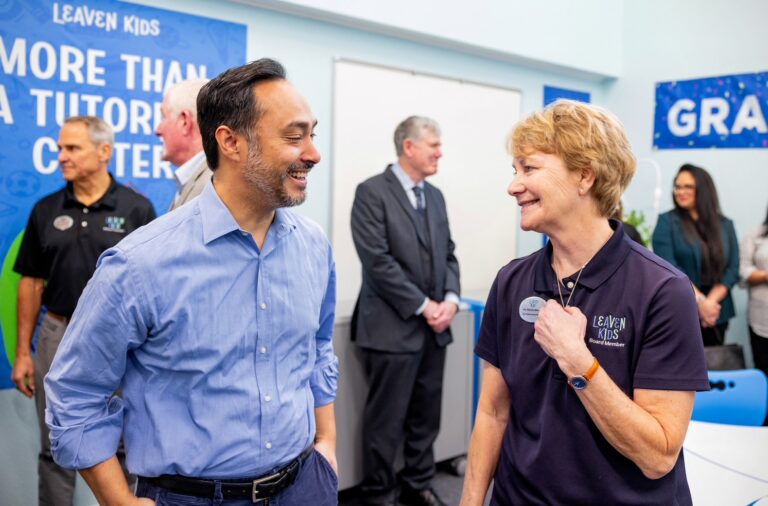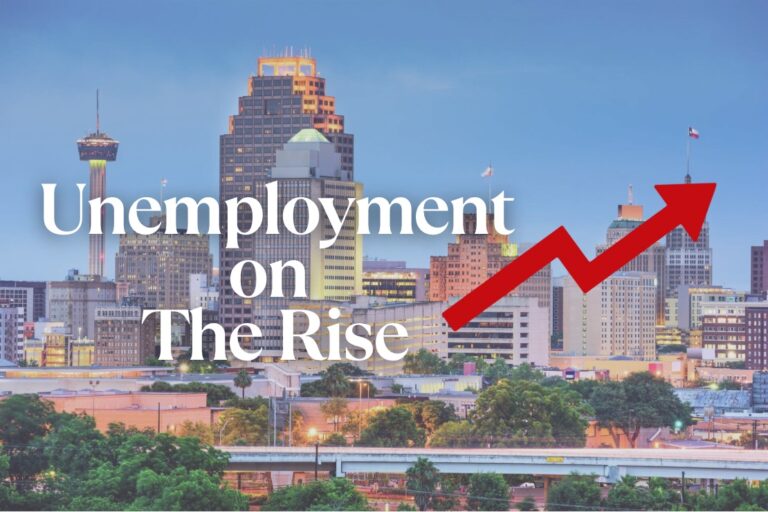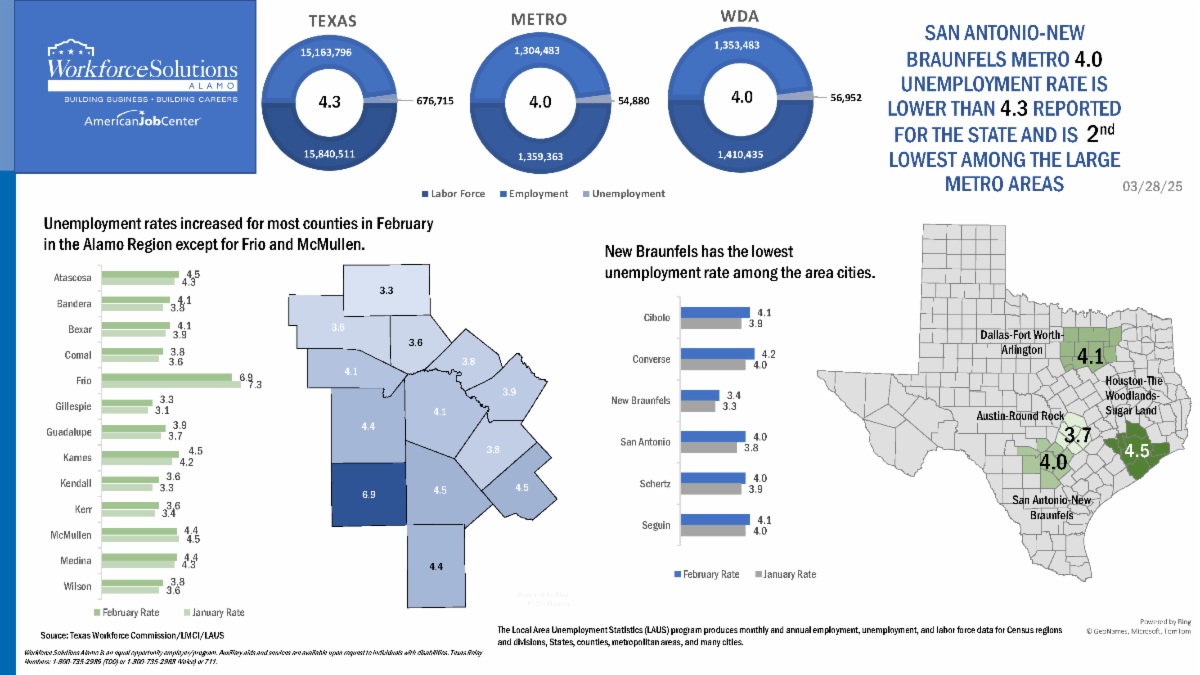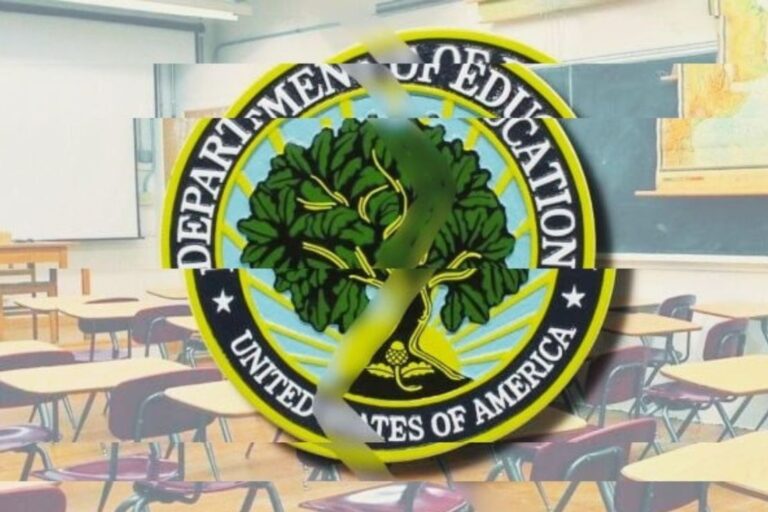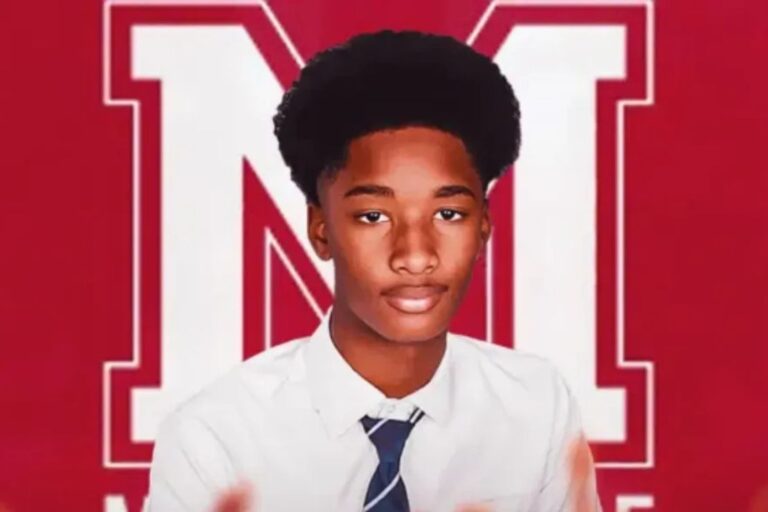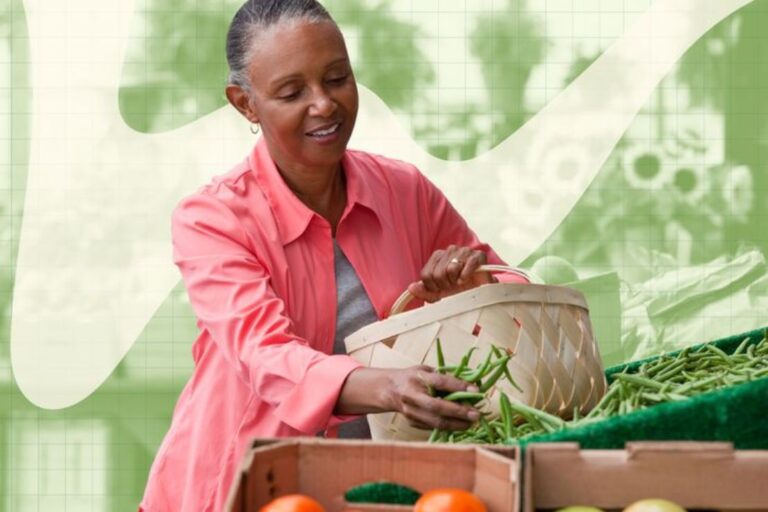Voting is Changing: Formula For Success Against The Odds
For the first two months of the new administration, the President has created an atmosphere of chaos and turmoil, from a barrage of Executive Orders, with constant challenges – primarily having to do with the acquisition and exercising of more power, within the Executive Branch, thereby bypassing the functions of Congress (the power of the purse) and defying the Judiciary (the rule of law).
The ‘So-Called’ SAVE ACT
Most recently, the president has signed another executive order, attempting to “place new restrictions on voting” and next week, House Republicans appear to be preparing to double down, by passing the so – called SAVE Act, which limits what kind of identifications are allowed to even register to vote!
The country’s history, with respect for voting rights is very well documented and well known, given the long and hard fought battles that have taken place, over the franchise of the right to vote.
Impact on Blacks, Latinos, Seniors, Married Women and Students
After 2013, a multitude of legislation has appeared, in a number of states, that appear to be intentionally reducing the opportunities for eligible voters to register and vote. The discriminatory impact has negatively affected Blacks, Latinos, seniors, women and students, in their abilities to register and to cast their votes.
With this most recent order, potential voters would be required to show proof of United States citizenship, to register to vote. The orders sweeping changes will test the power of Trump’s presidential authority over voting.
Voting rights advocates worry that the new provisions could block millions of Americans from voting, if enacted, and they say Trump lacks the legal authority to make such changes.
The order claims the United States “fails to enforce basic and necessary election protections.”
The order further calls for updating the federal forms voters can use to register to vote, to include a requirement that voters show proof of citizenship, like a U.S. Passport, to a local or state official. States have long had considerable leeway in how they manage their elections. The federal government has been able to set some standards for federal races, though typically via legislation.
Elon (DOGE) Will Be the Final ‘Check’ of Voter Rolls
There’s a broad scope, of the order, regarding removing non-citizens from voting rolls, calls for data sharing in order to prosecute election crimes and grants access, to DOGE to check state rolls for “consistency with federal requirements.”
Voting Rights advocates warn of the use of outdated databases ” erroneously listing naturalized citizens as non-citizens” with past efforts, by state, to purge non-citizens from the rolls, have sometimes swept up eligible U.S. citizens.
Documentary of Citizenship To Vote (Especially if You are a Married Woman)
The GOP has long made requiring “documentary proof of citizenship” a policy priority. The Executive Order borrows from the GOP’S SAVE Act, a Republican backed bill that House Republicans have signaled that they intend to pass, in their chamber, but it faces difficult odds in the Senate.
Requiring documentary proof of United States citizenship would radically upend voter registration, if such a mandate were to take effect. The order applies to anyone who uses the federal form to register to vote. What is less clear is if the order would pressure states to require showing proof of citizenship with the state registration form.
The order only sets a limited number of ways to prove U.S. citizenship, including U.S. passport, and ID that complies with the REAL ID Act that shows citizenship or a military ID that shows citizenship. In some instances, it’s unclear if a birth certificate would count.
The SAVE Act – Safeguard American Voter Eligibility Act – would require those signing up to vote to present documents proving United States citizenship. But tens of millions of Americans say they don’t have easy access to such documents and critics say the proposal would dramatically reduce voter participation.
Bill supporters claim the new requirements are “necessary to protect election integrity” – though they have yet to provide evidence that indicates instances of illegal voting by non-citizens are anything but incredibly rare or non-existent.
Attention: All Married Women, Collect Your Marriage Certificate
One major question, for this Act, has been raised regarding Married Women.
Married women, who change their names, would face additional requirements, causing an unfair burden on the women’s right to vote. Up to 69 million American women changed their names, after marriage and therefore they do not have birth certificates, that match their married names. They would likely need additional documentation – name change paperwork or marriage certificate to register to vote.
New Requirements May Require You to Visit a Government Office
It’s been further voiced that voter registration would likely require a visit to a government office. Concerns have also been raised over implementation and possible criminal penalties.
For voter education purposes, we recommend that you – the voter, begin compiling your own document library, in case it becomes necessary to present them in order to cast your votes – going forward.
To be forewarned is to be forearmed.








